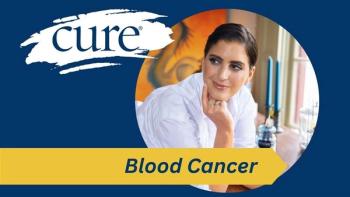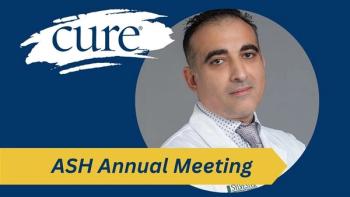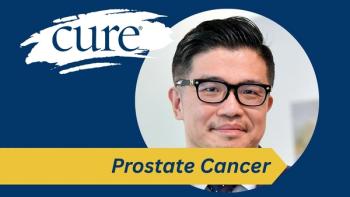
Raising Awareness of Financial Struggles Faced by AYA Cancer Survivors
Adolescent and Young Adult Cancer Awareness Week sheds light on the financial hardships young cancer survivors face, including debt and limited assistance.
March 31 through April 6 is recognized as Adolescent and Young Adult (AYA) Cancer Awareness Week, bringing together organizations across the United States together to support AYAs whose lives have been touched by cancer, according to the Teen Cancer America website, teencanceramerica.org.
The organization goes on to note on their website that ongoing research continues to indicate that AYA survivors face an increased risk of financial burden after cancer treatment, leading to significant financial strain. A study published in the American Journal of Medicine found that over 42% of the 9.5 million individuals diagnosed with cancer between 2000 and 2012 exhausted their life savings within two years. This, in turn, creates a critical unmet need in the cancer care space.
To raise awareness for this unmet need, as well as for AYA Cancer Awareness Week, Alison Silberman, CEO of Stupid Cancer — an organization which helps to empower those affected by AYA cancer — sat down for an interview with CURE to discuss the financial hardships that AYA cancer survivors may face. She shares her take on the topic.
Transcript:
Financial toxicity in cancer care is not new. It's something we see across the board. However, there are several reasons why the strain is greater among the young adult population. Young adults have lower earning power because they are earlier in their careers, typically. They have less savings, and they have many other non-medical costs that compete for those financial resources, such as student loans, childcare and fertility treatments.
We also see that Medicare typically provides better coverage, and that's not available to younger patients, which exacerbates the financial toxicity in this age group. There is some financial assistance available, but it is limited. Patients must research and find it themselves.
So, I think it's critical that these discussions about finances with patients happen early and often. This allows for some sort of planning for what is to come with cancer treatment and the other non-medical costs that young people face during treatment.
Transcript has been edited for clarity and conciseness.
For more news on cancer updates, research and education, don’t forget to




